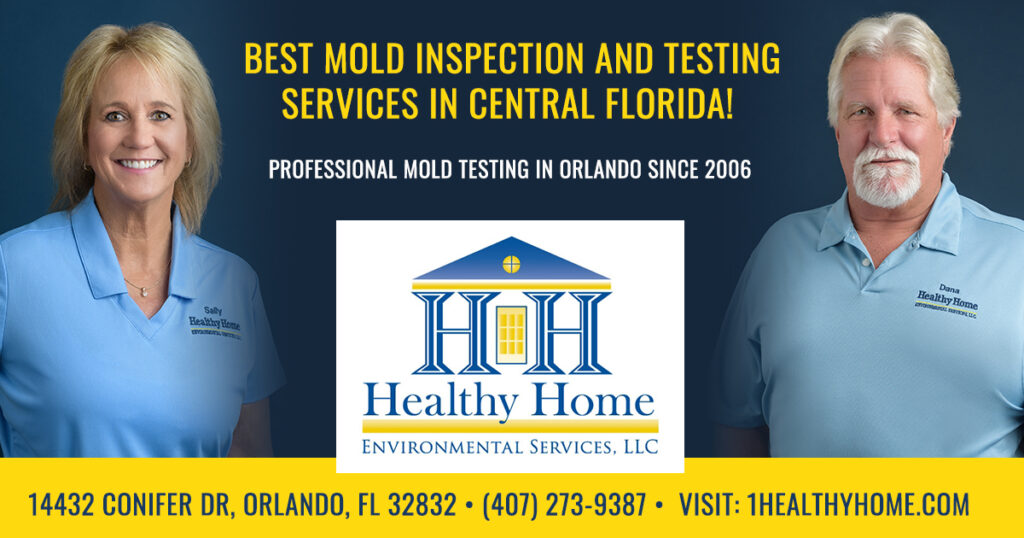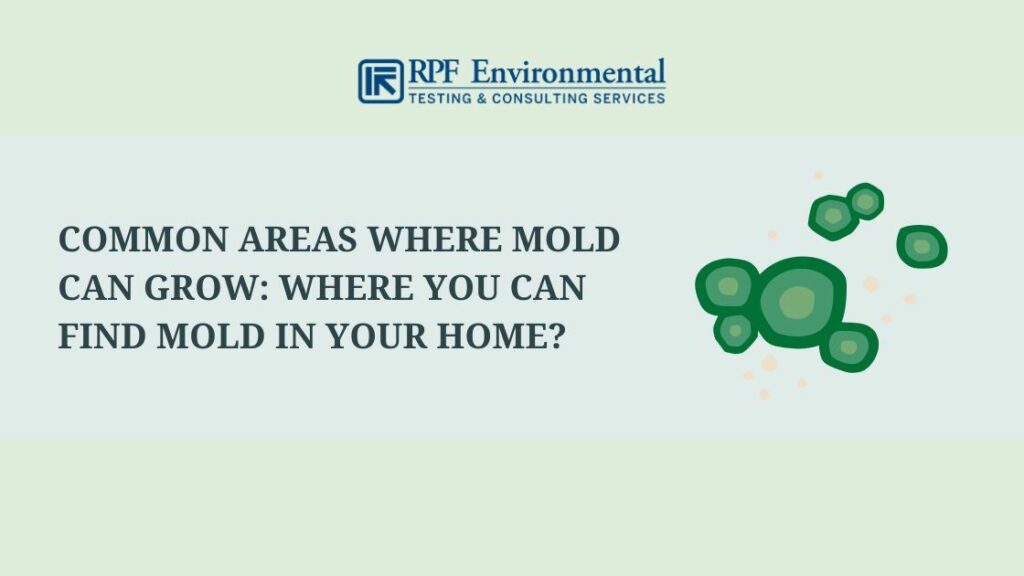Exactly How Mycotoxin Screening Aids Prevent Contamination and Protect Food Materials

Mycotoxin screening is a vital method in the food sector, serving as a frontline defense versus contamination by hazardous contaminants produced by molds. With the application of innovative techniques like High-Performance Liquid Chromatography (HPLC) and Fluid Chromatography-Mass Spectrometry (LC-MS), food manufacturers can accurately find and quantify mycotoxin levels in agricultural items.
Recognizing Mycotoxins
Understanding mycotoxins begins with identifying that they are harmful second metabolites produced by specific mold and mildews, which can infect farming products. These metabolites are not vital for the development or reproduction of the fungi however can have severe ramifications for human and animal wellness. Mycotoxins are commonly discovered in staple plants such as corn, wheat, barley, and nuts, where they can multiply under particular conditions of dampness and temperature level.
There are several types of mycotoxins, each produced by various fungal varieties. Fusarium types produce fumonisins and trichothecenes, both of which are linked with various intense and persistent health issues.

Dangers of Mycotoxin Contamination
The risks of mycotoxin contamination are multifaceted, posing significant risks to both food safety and public health. Mycotoxins, toxic compounds produced by particular kinds of fungi, can contaminate a large range of farming products including grains, nuts, seasonings, dried out fruits, and coffee. When these toxic substances infiltrate the food supply, they can lead to serious health concerns such as liver damages, kidney failure, and even cancer. Vulnerable populations, consisting of kids, the elderly, and immunocompromised individuals, are specifically in jeopardy.
Financial influences are another major worry. Contaminated plants can lead to substantial economic losses for farmers and food producers because of decreased returns and the need for expensive decontamination procedures. Worldwide trade can be significantly prevented as countries apply stringent mycotoxin regulations to safeguard their populaces, leading to rejected deliveries and strained trade relationships.
Environmental aspects such as environment modification aggravate the threat of mycotoxin contamination. Variations in temperature level and humidity can produce beneficial problems for fungal development, raising the chance of contamination occasions. Therefore, understanding and alleviating these threats are crucial for making sure the safety and security and honesty of international food products.
Approaches of Mycotoxin Testing
Accurately identifying mycotoxin contamination in agricultural items is essential for safeguarding public wellness and keeping food safety and security criteria. Numerous methods are used to find and quantify mycotoxins, each offering specific advantages and limitations.
High-Performance Liquid Chromatography (HPLC) is an extensively made use of technique because of its high sensitivity and accuracy. It entails dividing mycotoxins from other substances in an example, allowing precise quantification. Liquid Chromatography-Mass Spectrometry (LC-MS) incorporates liquid chromatography with mass spectrometry to provide thorough molecular info, making it particularly valuable for determining multiple mycotoxins all at once.

Gas Chromatography-Mass Spectrometry (GC-MS) and Thin-Layer Chromatography (TLC) are likewise utilized, each with distinct applications. GC-MS works for unstable mycotoxins, while tender loving care uses a less complex, cost-effective alternative for initial screening.
Benefits of Regular Checking
Routine testing for mycotoxins in agricultural products provides many advantages, significantly adding to public health and food safety. By recognizing contamination early, regular screening aids prevent the distribution of hazardous foods, thus lowering the risk of mycotoxin-related ailments amongst customers. This aggressive strategy not just safeguards human wellness but additionally boosts the total top quality of food materials.
Regular screening likewise sustains regulative conformity. Different countries and regions have established stringent restrictions for mycotoxin levels in food and feed. Adhering to these limits via normal screening makes sure that manufacturers and providers satisfy legal requirements, thus avoiding you can find out more penalties and profession barriers. Preserving compliance promotes consumer count on and brand online reputation, which are crucial for market success.
Additionally, normal mycotoxin testing can result in considerable financial advantages. Early discovery of contamination enables timely intervention, minimizing possible losses from widespread contamination. Executing routine screening methods can also reduce recall expenses and associated obligations, which can be economically ruining.
Additionally, routine screening supplies important information that can educate much better agricultural practices and storage conditions. By comprehending patterns of contamination, producers can embrace precautionary steps, thus minimizing future dangers and contributing to the sustainability of the food supply chain.
Executing Evaluating Procedures
Carrying out efficient mycotoxin testing link protocols is important for making sure the security and high quality of agricultural items. Developing a durable screening framework includes multiple key steps, starting with the recognition of possible contamination factors within the production and supply chain. This includes pre-harvest, post-harvest, storage, and distribution phases. Each stage needs to be looked at to determine where mycotoxin contamination is probably to take place.
When important control factors are recognized, picking suitable testing approaches is crucial. Usual strategies include enzyme-linked immunosorbent assay (ELISA), high-performance liquid chromatography (HPLC), and mass spectrometry (MS) Each method has its strengths and weak points; thus, picking the right one depends on the details mycotoxin being checked, the required sensitivity, and available sources.

Finally, integrating the screening protocols right into a detailed food security monitoring system is a good idea. This enhances traceability and makes it possible for quick corrective activities when contamination is spotted, therefore securing the integrity of the food supply chain.
Verdict
Mycotoxin testing is crucial in avoiding contamination and safeguarding food materials by enabling very early discovery of dangerous toxins generated by molds in farming over at this website items. Advanced approaches such as HPLC and LC-MS ensure conformity with safety and security policies and shield consumers from health and wellness threats. Regular screening boosts brand track record, economic stability, and depend on in food safety by reducing contamination-related losses and preserving high criteria in food production. Carrying out strenuous screening protocols is therefore imperative for the industry's total health.
Mycotoxin screening is an essential practice in the food industry, serving as a frontline defense against contamination by dangerous contaminants generated by mold and mildews. An integrated strategy entailing farming techniques, storage space monitoring, and regular testing can alleviate the threats associated with mycotoxin contamination, making sure food safety and security and public wellness.
The risks of mycotoxin contamination are complex, presenting substantial hazards to both food security and public health and wellness.Regular screening for mycotoxins in farming items uses countless advantages, substantially contributing to public health and food safety and security.Mycotoxin screening is necessary in stopping contamination and protecting food supplies by making it possible for early discovery of dangerous toxic substances produced by mold and mildews in agricultural items.